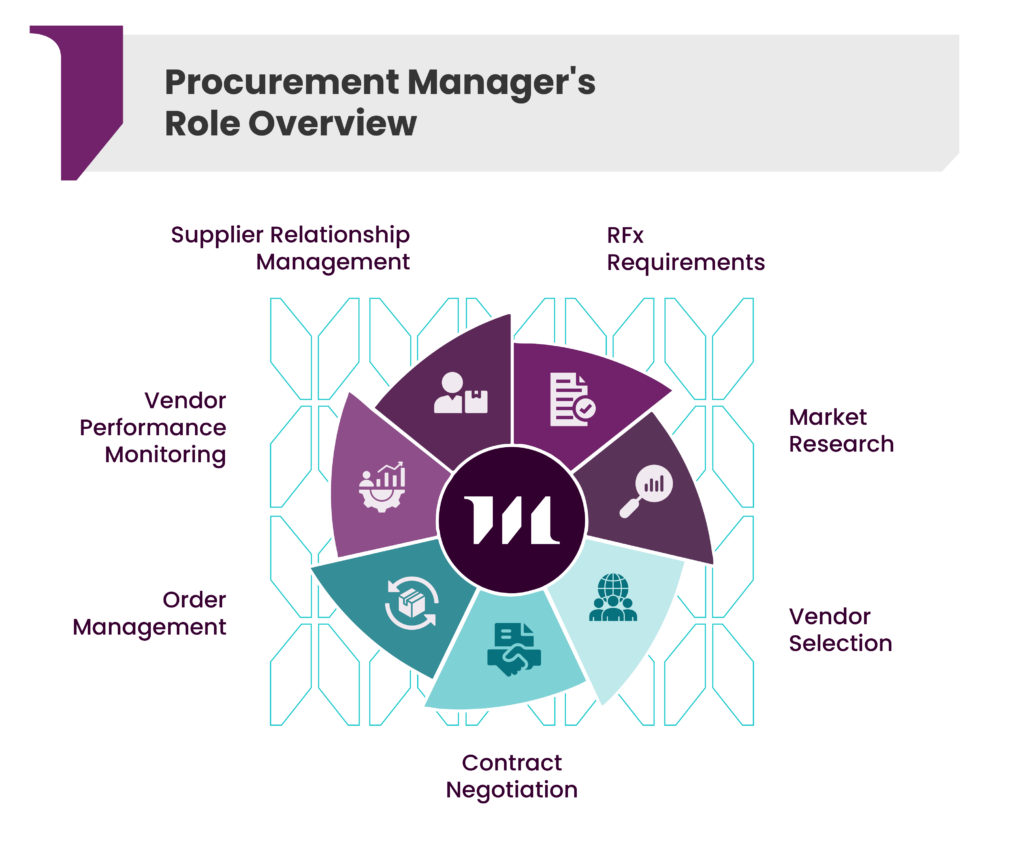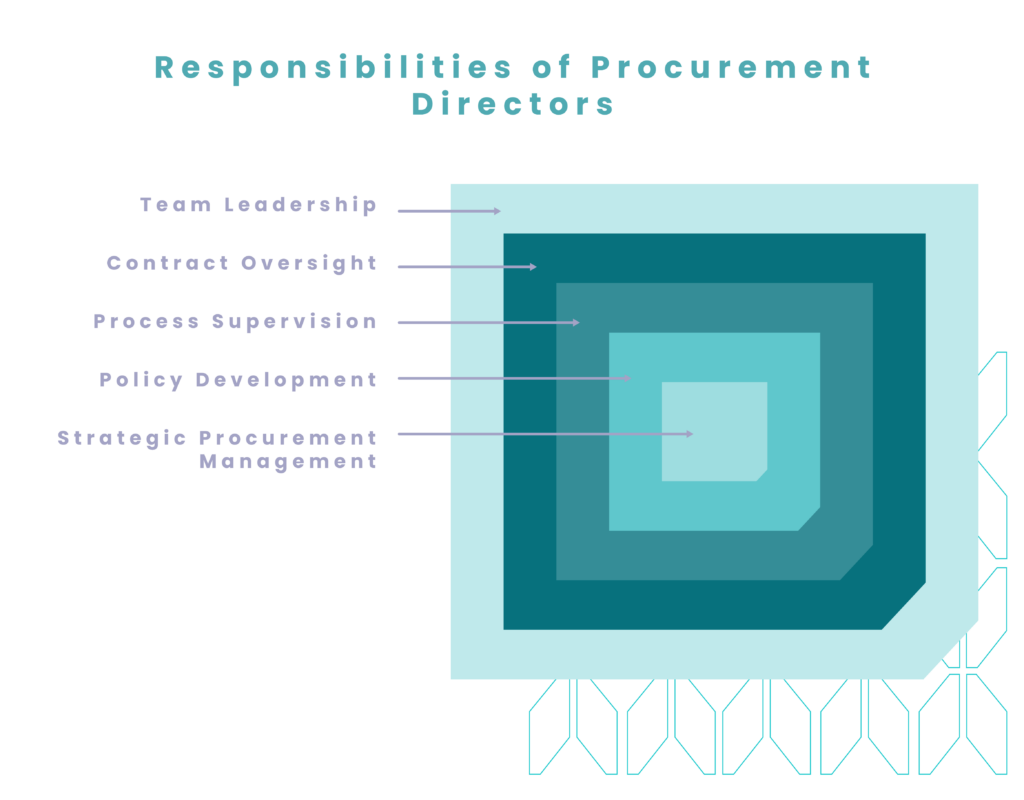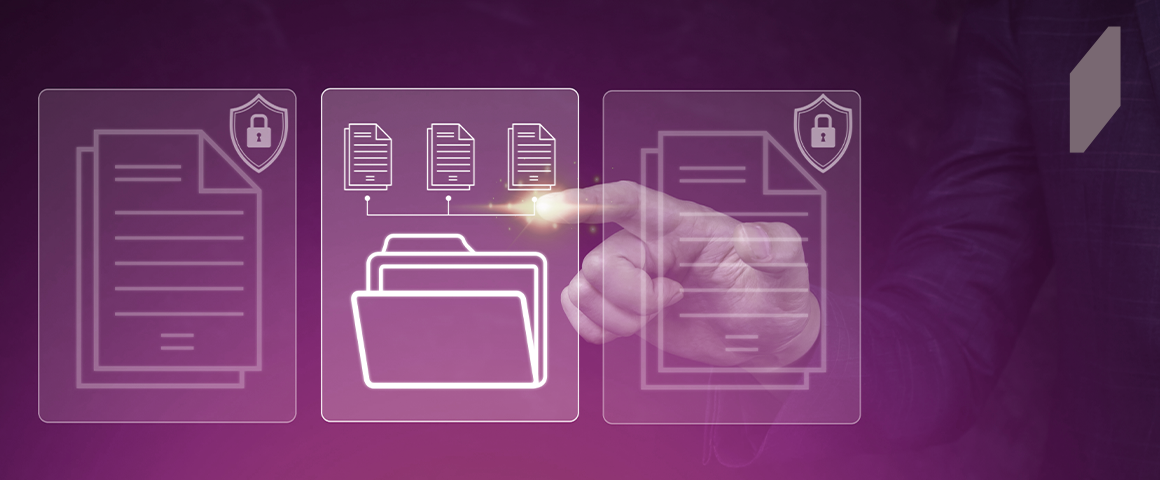Procurement Management – How Should Procurement Managers Use a CLM?
As a procurement manager or director, you know firsthand the challenges of managing contracts effectively. Rising workloads, manual processes, and scattered documentation can quickly overwhelm you. But what if there was a solution that could streamline your contract management, reduce risks, and unlock greater value from your vendor relationships? That is where Contract Lifecycle Management (CLM) software can dramatically increase your work’s effectiveness.
In this article, we’ll explore how CLM can be a game-changer for procurement teams like yours. We’ll dive into the specific roles of procurement managers and directors in contract management, uncover the pitfalls of traditional manual processes, and showcase how the right CLM platform can empower you to drive better outcomes. Whether you’re in the trenches of daily purchasing or setting the strategic direction for your organization, this article will provide valuable insights to optimize your procurement contracts and processes.
The Role of Procurement Managers and Directors in Contract Management
Understanding the various procurement roles within an organization is crucial for effective contract management and vendor relations. So, what is a procurement manager? A procurement manager refers to a professional responsible for handling the tactical side of contract lifecycle management, ensuring the procurement process runs smoothly from sourcing to supplier management. With directors of procurement, they have different procurement roles and responsibilities in overseeing an organization’s contracts and vendor relationships.
Both roles secure goods and services at optimal value, yet they differ in focus and scope.
Procurement Managers: Tactical Execution and Vendor Management
By definition, a procurement manager is responsible for overseeing the acquisition of goods and services that an organization needs to operate effectively.
In some organizations, the role of a procurement manager may also be referred to as a purchasing manager. So, what is a purchasing manager? A purchasing manager is responsible for overseeing the procurement of goods and services, ensuring that the organization obtains the necessary resources at the best value.
A procurement manager’s responsibilities span the entire contract lifecycle, ensuring cost-effective sourcing, vendor compliance, and contract negotiation.

A typical procurement manager job description includes:
- Determining precise goods/services needed and translating this into RFx requirements
- Conducting market research to identify and vet potential vendors
- Leading vendor selection by evaluating bids and proposals against criteria
- Negotiating pricing and contract terms with suppliers
- Overseeing purchase orders and day-to-day ordering
- Monitoring and managing vendor performance to contract SLAs
- Maintaining positive supplier relationships
At this level, contract management entails ensuring POs align with MSAs, SOWs are detailed, pricing and terms are optimal, and vendor adherence. The procurement manager is immersed in the details and serves as the primary liaison between the business and contracted suppliers.
Directors of Procurement: Strategic Planning and Oversight

Directors of Procurement take a more strategic, big-picture view of contract management. Rather than getting immersed in deal specifics, they focus on:
- Developing and implementing overall procurement policies and processes
- Aligning procurement strategies and practices to business objectives
- Supervising the end-to-end procurement/contracting process
- Overseeing and approving high-value, high-risk, or long-term contracts
- Monitoring procurement metrics and department performance
- Identifying process bottlenecks and improvement opportunities
- Ensuring compliance with internal policies and external regulations
- Managing budgets and forecasting future needs
- Mentoring and leading the procurement team
The director ensures the procurement function is optimized, contracts meet strategic aims, and risks and spending are properly managed. They drive the procurement agenda and contracting approach.
Interestingly, a recent analysis of 485 Gartner® Peer Insights™ reviews on Contract Life Cycle Management software revealed that 71 of the reviewers were from Sourcing, Procurement, and Vendor Management roles. This underscores the pivotal role procurement professionals play in adopting and maximizing CLM solutions.
Challenges in Traditional Contract Management for Procurement
According to 485 reviews on Gartner® Peer Insights™, one major lesson learned is the importance of scoping out requirements early and engaging all stakeholders, especially the Legal and Procurement teams. Many reviewers emphasized that unclear processes and siloed data remain the biggest hurdles, reinforcing the need for thorough preparation before implementing CLM. Let’s look at all the major challenges in procurement contract management.
Inefficient Collaboration and Approval Processes
Without a unified platform, procurement teams struggle to collaborate efficiently on contracts with stakeholders in legal, finance, and other departments. Emailed redlines cause version control issues and reduce transparency. Manual routing of contracts lacks clear audit trails and quick status visibility.
Such gaps and delays lengthen contract cycles, frustrate stakeholders, and lead to lost savings. Procurement managers waste time chasing signatures, and directors lack insight into the pipeline. When other departments pursue unauthorized purchases due to slowness, it leads to greater risk and maverick spending.
Difficulty Tracking Contract Performance and Compliance
Managing signed contracts via spreadsheets makes it difficult to track SLAs, renewals, and key dates. This can lead to missed volume discounts, unintended rollovers, and supply disruptions that impact the business.
Managers often lack visibility on contract compliance and approvals once contracts are filed. Fragmented storage hinders directors from easily locating specific clauses or generating reports. Without a holistic view, organizations face increased legal and financial exposure.
The Benefits of Using a CLM for Procurement Managers and Directors
Implementing a CLM solution centralizes and automates contracts, alleviating procurement challenges and boosting vendor value.
Centralized Digital Contract Repository
A CLM provides a secure, searchable cloud repository for all of an organization’s contracts. This gives procurement complete visibility into contracts across the buy-side and sell-side, as well as NDAs, MSAs, SOWs, POs, and any contract-related documents. Teams can quickly surface contracts by vendor, region, product category, or any metadata.
Centralizing contracts ensures a single system of truth, with no more hunting through file cabinets, hard drives, or inboxes. Procurement managers can instantly pull up a contract to answer stakeholder or supplier questions. Directors get a unified view of all agreements to analyze spending, risk, and performance trends. Legal gains assure that only approved language is used. Centralization provides the foundation for CLM’s other benefits.
Automated Workflows and Approvals
CLM solutions standardize and automate the workflows involved in contract creation, negotiation, and approval. The procurement manager can select from pre-approved templates and clauses to construct contracts efficiently in line with legal standards.
Redlining is streamlined as the contract is automatically routed to all stakeholders for their edits and approval based on configured rules and roles. Reminders keep the process flowing, and the audit trail provides status transparency. E-signature capabilities ensure contracts are executed faster without the need to track down physical signatures.
By eliminating manual handoffs, emails, and document versions, CLM accelerates cycle times. Automating approvals provides both directors and managers better control over contracts progressing through the pipeline to execution.
Enhanced Collaboration and Transparency
With CLM, cross-functional collaboration on contracts becomes seamless. All stakeholders access the same centralized platform to communicate changes and comments in real-time. This eliminates version control issues, as a single live contract is edited by all.
Rather than losing visibility once procurement passes a contract to legal for review, managers retain transparency throughout the workflow. Directors can easily view the status of all contracts in process and identify any bottlenecks.
This transparency keeps everyone aligned and accountable. Procurement avoids downstream problems from stakeholders feeling out of the loop. A full audit trail and robust permissions provide both insights and security. The unified platform fosters stronger collaboration with both internal teams and external parties.
Improved Risk Management and Compliance
CLM helps procurement mitigate contract risks and maintain compliance with internal policies and external regulations. Pre-approved clause libraries ensure that contracts consistently include required legal language and exclude any banned terms, reducing exposure.
Advanced platforms can scan 3rd party contracts and score them for risk against procurement’s contracting standards. This empowers managers to identify compliance issues and risky clauses during negotiation.
Automated alerts notify teams of impending auto-renewals, expirations, and other key dates to avoid any unwanted commitments. Full contract version histories create an audit trail for compliance reporting.
At the macro level, directors can track risk KPIs and run reports on contract language across the repository. CLM provides both preventative controls and ongoing monitoring to manage risk.
Key Features to Look for in a CLM for Procurement
When evaluating CLM solutions to support more strategic procurement contract management, look for these key capabilities:
Contract Creation and Clause Library
An ideal CLM offers an easy no-code template and workflow creation so procurement can tailor the solution. Robust clause libraries allow teams to construct contracts with pre-approved language and fallbacks to speed up the legal review process and mitigate risk.
AI-powered clause recommendations, based on contract type or 3rd party clauses received, further accelerate contract drafting and ensure optimal terms are consistently used. Intuitive contract creation, with clear guidance on required clauses, empowers procurement self-service for lower-risk agreements while ensuring compliance.
Vendor Performance Tracking and Analytics
To get more value out of vendor relationships, choose a CLM that makes it easy to monitor supplier performance against agreed contract terms. Configurable dashboards and reports should let managers track actual spend vs. committed, expiration and renewal dates, and granular SLA/KPI adherence.
On the directorial level, look for features like automated spend analysis by vendor across different contract types, trend forecasting, and outlier detection to spot risks or savings opportunities. A solution that can integrate contract intelligence with outside business data for richer performance insights is ideal.
Integration with Other Systems
Smart vendor management requires connecting contracts with other enterprise systems involved in the procurement workflow. To automate and streamline the full source-to-pay process, prioritize CLMs that seamlessly integrate with your ERP and P2P solutions. This allows POs to be automatically generated from executed contracts and invoices to be matched to contracts.
Integrations with supplier management solutions provide more cohesive vendor profiles and performance insights. For sell-side contracts, CRM integration enables more efficient quote-to-cash processes. Unified data lets procurement fully leverage its contract intelligence for more strategic vendor management.
Conclusion
The procurement role has evolved beyond simple cost control—today, procurement managers and directors must drive strategic value, optimize supplier relationships, and ensure contract compliance. However, traditional contract management methods—scattered documents, manual approvals, and siloed communication—slow down procurement processes, increase risks, and reduce visibility into vendor performance.
A procurement manager’s duties include everything from sourcing and negotiations to purchase order management and supplier performance tracking. Without a streamlined system, procurement tasks such as vendor selection, contract negotiation, and performance tracking become reactive instead of strategic, leading to inefficiencies and missed opportunities.
This is where Contract Lifecycle Management (CLM) transforms procurement. By centralizing contracts, automating workflows, and providing real-time analytics, a robust CLM platform eliminates friction and allows procurement teams to work proactively rather than firefighting administrative burdens.
Key Takeaways:
- Procurement managers and directors have distinct but interdependent roles—while managers focus on execution, directors drive long-term procurement strategies.
- Manual contract management leads to inefficiencies—lost documents, approval delays, compliance risks, and missed cost-saving opportunities.
- A CLM system enhances procurement efficiency by automating contract creation, tracking key dates, and ensuring seamless collaboration across teams.
- Real-time visibility and analytics enable procurement teams to negotiate better terms, monitor vendor performance, and reduce risks.
- Investing in a modern CLM like Malbek empowers procurement teams to make data-driven decisions, enforce compliance, and maximize contract value.
Procurement success depends on strategic contract management. With the right CLM, procurement managers and directors can shift from operational bottlenecks to proactive decision-making, delivering better outcomes for their organizations. A procurement professional must balance cost efficiency, compliance, and supplier relationships. Malbek’s CLM simplifies this by offering full visibility into contract lifecycles, compliance risks, and performance metrics—all in one place.
Interested in knowing more about how Malbek supports procurement managers? Schedule a demo today!






